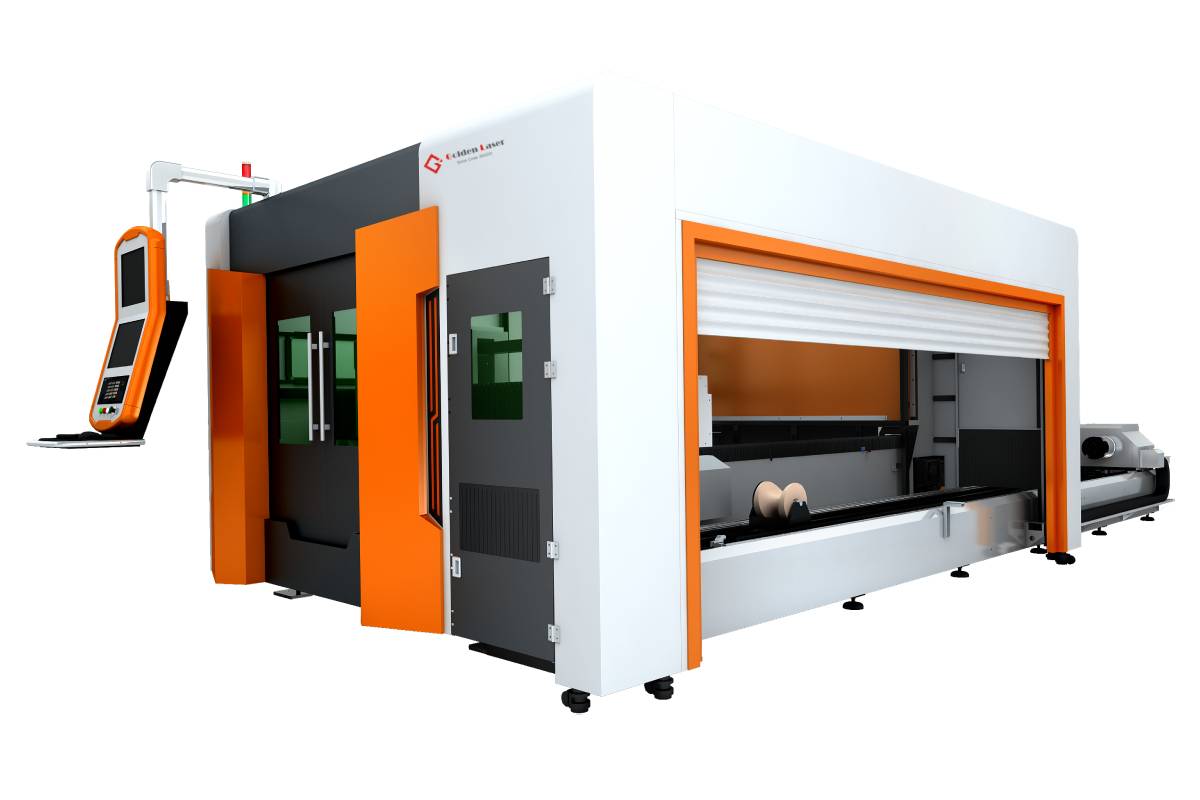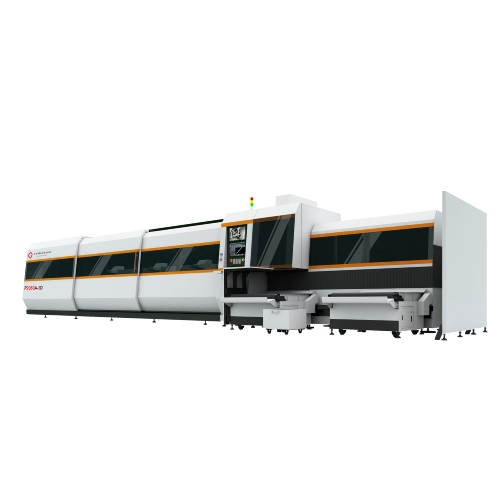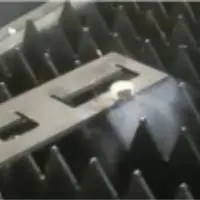In the modern manufacturing landscape, precision and efficiency are paramount. One technological advancement that has revolutionized the industry is the metal laser cutter. This technology leverages high-powered lasers to cut through various types of metal with incredible precision, making it an indispensable tool in multiple sectors, including automotive, aerospace, architecture, and industrial design.
What is a Metal Laser Cutter?
A metal laser cutter is a machine that utilizes a focused beam of light generated by a laser to cut through metal materials. These machines can cut sheets, plates, and even thicker metal components with exceptional accuracy and minimal waste. The laser itself can be continuous or pulsed and is typically housed in a CNC (computer numerical control) system that allows for intricate designs and shapes to be produced with ease.
The Mechanics Behind Laser Cutting
The process begins when a laser beam, which is often generated by a CO2 or fiber laser, is directed through optical lenses, concentrating on a specific point on the metal surface. The intense heat generated by this focused laser beam causes the metal to melt or vaporize, creating a cut as the material is eliminated. Depending on the setup and the type of metal being cut, the process may be aided by assist gases such as oxygen or nitrogen, which can improve the quality of the cut and reduce oxidation.
Advantages of Metal Laser Cutters
1. **Precision and Accuracy**: One of the standout benefits of using a metal laser cutter is the ability to achieve high levels of precision. The focused beam allows for fine details and complex geometrical shapes that would be difficult, if not impossible, to attain with traditional cutting methods. This accuracy is especially important in industries where tolerances are tight, such as aerospace, where even a minor error can have significant repercussions.
2. **Versatility**: Metal laser cutters can work with various types of metals, including stainless steel, aluminum, brass, and more. Whether cutting thin sheets or thick plates, the flexibility of a laser cutter enables manufacturers to cater to a growing range of applications and materials without needing extensive adjustments to the equipment.
3. **Speed**: Compared to traditional cutting methods, metal laser cutters can operate at remarkably high speeds, increasing productivity. This efficiency allows manufacturers to complete projects quicker, thus improving turnaround times and meeting market demands more effectively.
4. **Cost-effectiveness**: While the initial investment for a laser cutting machine may be high, the long-term savings can outweigh these costs. Precision cutting minimizes material waste, and the speed of operation often leads to lower labor costs. Furthermore, the durability of the machine reduces maintenance needs and downtime.
5. **Automation and Integration**: With advancements in technology, modern metal laser cutters can easily integrate into automated manufacturing systems. They can work in synergy with robots and conveyor systems, streamlining production lines and minimizing manual intervention.
Applications of Metal Laser Cutters

Understanding the Benefits and Applications of Metal Laser Cutters in Modern Manufacturing Processes
The versatility and efficiency of metal laser cutters have led to their adoption across various industries:
– **Automotive Industry**: Laser cutting is extensively used in the automotive sector for producing complex parts, creating designs that contribute to lightweight structures and enhancing fuel efficiency.
– **Aerospace**: Aerospace manufacturers rely heavily on metal laser cutters to create intricate components that require high precision, ensuring the safety and performance of aircraft.

Understanding the Benefits and Applications of Metal Laser Cutters in Modern Manufacturing Processes
– **Architectural Designs**: From custom metal railings to artistic metal façades, laser cutters enable architects and designers to bring their visions to life with intricate designs that challenge traditional manufacturing techniques.
– **Industrial Equipment**: Many industrial machines and tools incorporate metal components that require precision cutting, making laser technology a staple in fabricating equipment.
Conclusion

Understanding the Benefits and Applications of Metal Laser Cutters in Modern Manufacturing Processes
As we move forward in an era marked by technology and innovation, metal laser cutters stand out as essential tools in modern manufacturing processes. Their capacity for high precision, speed, versatility, and cost-efficiency ensures they will continue to play a pivotal role in numerous industries. By adopting this technology, manufacturers can improve their productivity, reduce waste, and create more innovative products, thereby setting the stage for future advancements in the field. In an increasingly competitive marketplace, investing in a metal laser cutter might just be the differentiating factor that drives success. Laser Cutting Aluminum Panels Machine


